Fur Traders and Flying Saucers: What Did James Lumley Find Crashed in the Cadotte Pass?
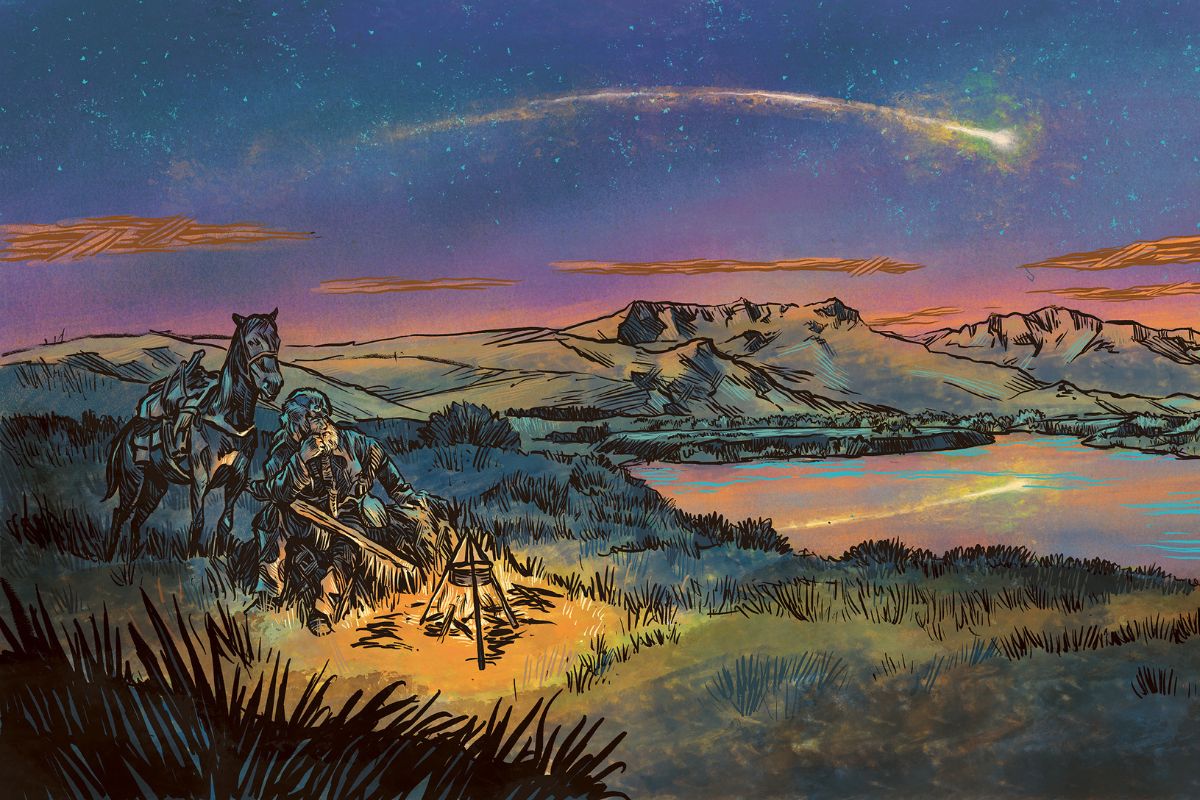
In October of 1865, a few months after the Civil War ended and the nation looked to reconstruct itself, an aged fur trader named James Lumley arrived at St. Louis and visited the Everett House Hotel. There he told the hotel's guests a fantastic tale.
It seems that he was in Montana the previous September, and while plying his trade in the Cadotte Pass he saw something that must have been passing strange at the time. Looking up, he saw a bright light streaking across the heavens towards the east. He watched it move, noting its prodigious speed, before it suddenly seemed to burst into smaller luminous pieces like a firework. A moment later, Lumley heard a deep explosion which shook the earth, followed first by the sound, and then by actual gusts, of wind, as if the air was rushing towards him from some unknowable source. At once, he detected an acrid odor, like sulfur.
The next day, about two miles from where he camped the night before, he found a gouge in the ground six or seven feet across and extending as far as he could see in either direction. Lumley, amazed, followed it through the woods, inspecting the damage left in its wake; something had torn out trees, left huge divots, and scuffed the tops of hills. Lumley followed the path, taking in the destruction and wondering what in God's creation could have happened in these woods last night.
Here we might pause and say that the story might seem far-fetched but has not, so far, diverged much from the path of respectable believability. Cosmic events must have happened in the past as surely as they happen now, and it doesn't take a person of generous credulity to admit that this sounds like a meteorite, though perhaps a bit embellished by Lumley the fur trader's love of a good yarn.
But no; this is where it gets weird.
According to Lumley's story, he advanced far enough along the path of the object to find the object itself. And he must have gawped and sputtered when he found it was a large rock stuck in the side of the mountain. This, the apparent source of the explosion, loud noise, and destruction, was no mere rock. It was, according to Lumley, covered in hieroglyphic-like symbols and seemed to contain several "compartments."
There was also something that looked like glass strewn about the site, and odd splotches on the stone where, it seemed to Lumley, some sort of liquid had splashed and stained it.
We don't know whether the guests at the esteemed Everett House heard any more of the story; whether Lumley attempted entry into any of the "compartments," marked the location on his map, or tried to take some souvenir of his strange adventure goes unrecorded by the writer of the article. But Lumley told the reporter two things of which he was confident.
The first was that he was "confident the hieroglyphics were the work of human hands," though it is tempting to think that what he really meant was that they could not have been created naturally, and the second was that "the stone itself, although but the fragment of an immense body, must have been used for some purpose by animated beings."
The conclusion reached by the anonymous Missouri reporter seems remarkably forward-looking, given the twentieth and twenty-first century's fixations on UFOs and flying saucers:
"Astronomers have long held that it is probable that the heavenly bodies are inhabited - even the comets - and it may be that hereafter some future Columbus, from Mercury or Uranus, may land on this planet, by means of a meteoric conveyance, and take full possession thereof - as did the Spanish navigators of the New World in 1492, and eventually drive what is known as the 'human race' into a condition of the most abject servitude. It has always been a favorite theory with many that there must be a race superior to us, and this may, at some future time, be demonstrated in the way we have indicated."
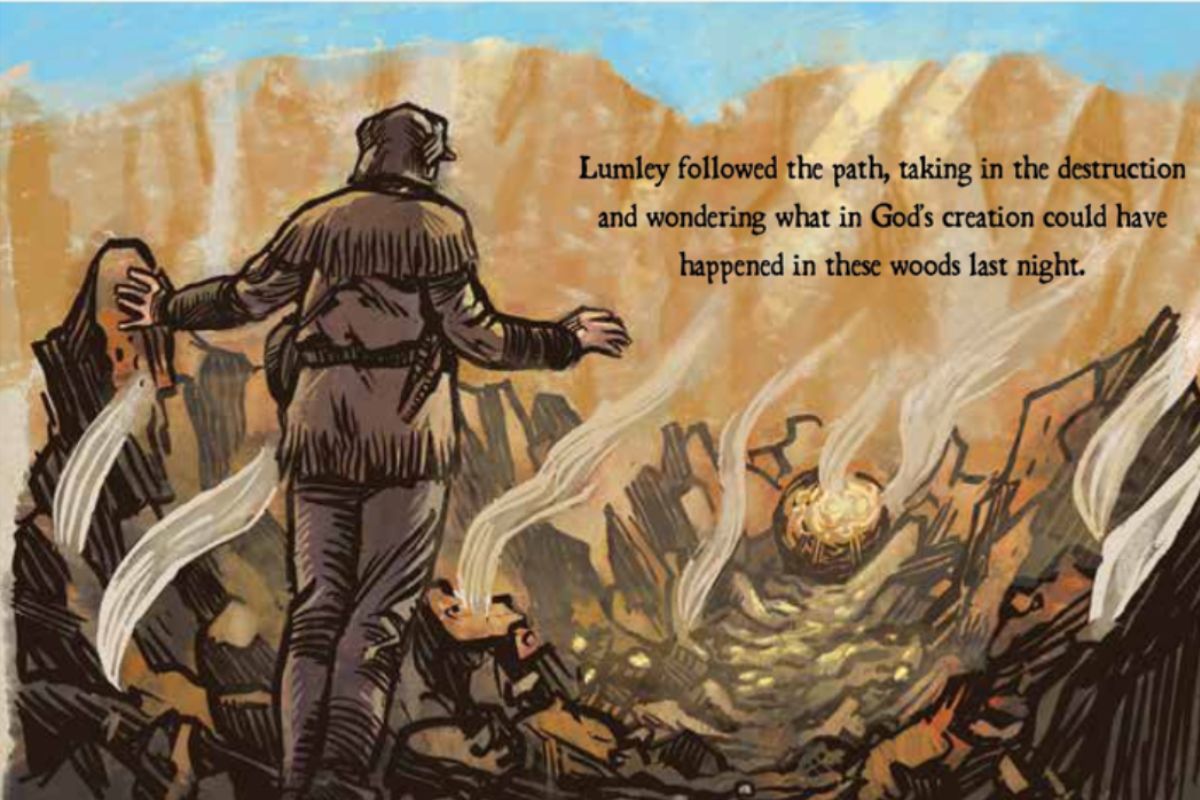
The author is correct in that some had speculated about extraterrestrial life as early as the pre-Socratic Greek philosopher Anaximander, who theorized about plural worlds, each with their own forms of life. One of his successors, Metrodorus of Chiros, wrote that “It seems absurd, that in a large field only one stalk should grow, and that in an infinite space only one world exist.” Even so, these words having been written almost 80 years before the celebrated Washington state sighting of nine silvery discs by Kenneth Arnold, the event that gave us the term "flying saucer" and kicked off the UFO craze, strikes us as remarkable, if true.
For it seems clear, writing from the perspective of 2024, that Lumley experienced what we would now describe as a close encounter with a downed UFO/UAP.
But what must it have seemed like to open your newspaper and read that account in 1865, when discussion of mysterious aircraft was less ubiquitous?
It might have seemed like so much bunkum, just another piece of 19th-century journalistic prankery at a time in which, for lack of a better term, "fake news" was rampant. Edgar Allen Poe had engaged in a bit of it in 1844 with a tale of a 72-hour balloon trip around the world, as so did Mark Twain when he wrote about the discovery of a prehistoric human perfectly preserved in stone - its hand preserved in the act of thumbing it's nose.
But perhaps the most relevant might be 1835's Great Moon Hoax, in which The Sun proclaimed, in a six-part special series, that an enormous telescope had been constructed in South America which allowed for unprecedentedly close observation of the moon, resulting in the recent detection of a whole host of living creatures thereon, including winged bat people, unicorn goats, and tiny bison.
Does Lumley's wild tale belong to that infamous American pseudo-literary tradition? Or is there something more to it?
Could it be that an aging fur trader really found something from another world planted in a mountain located, in the verbiage of the original newspaper story, "in the neighborhood of the Cadotte Pass?" And if so, could it possibly still be there, undiscovered, the trail left by its century-and-a-half-old skid across the face of western Montana grown over with trees and grass?
Who knows, but Vegas oddsmakers would probably put it at about 1,000,000,000 to 1.
But those of us who, as the poster behind the desk of an ever-popular 90s show character puts it, "want to believe" are already planning our weekend excursions to the Cadotte Pass, cars loaded up with beef jerky, bottled water, and well-thumbed UFO paperbacks.
Should any of us find anything up there and take a good photo of it, or at least come back with a great story about what we found, it's a sure bet that the newspaper will print it up.
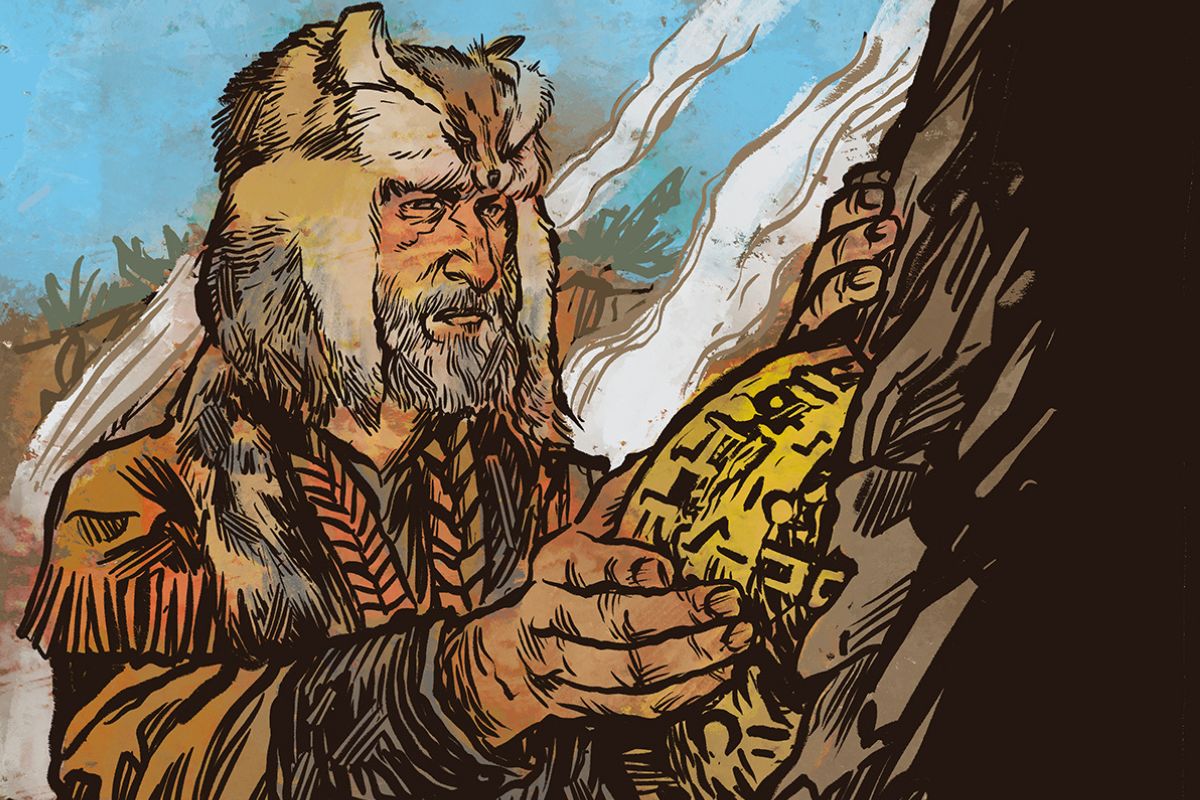
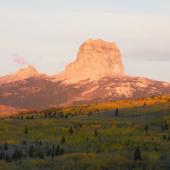



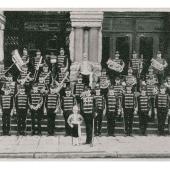
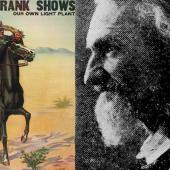
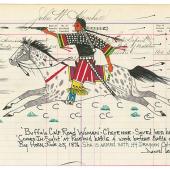

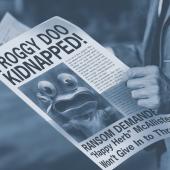


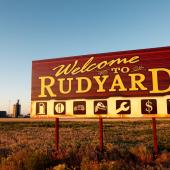
Leave a Comment Here